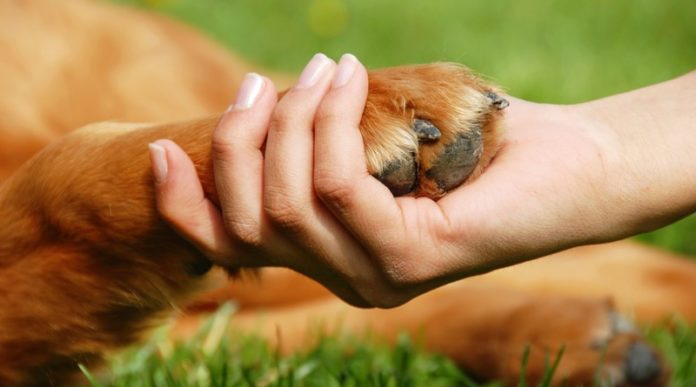There are many reasons why people choose to keep dogs as pets. Here are some common benefits:
- Companionship: Dogs are known for their loyalty and companionship. They provide emotional support and can help reduce feelings of loneliness.
- Exercise: Dogs need regular exercise, which often encourages their owners to stay active as well. Daily walks and playtime can contribute to a healthier lifestyle.
- Security: Many dogs are protective of their homes and owners, providing a sense of security. Some breeds are also trained as guard dogs.
- Social Interaction: Owning a dog can increase social interactions. Dog owners often meet and interact with other dog owners during walks or at dog parks.
- Stress Relief: Interacting with a dog can help reduce stress and anxiety. The act of petting a dog has been shown to release feel-good hormones.
Now, let’s talk about dog training:
How to Train a Dog :
- Start Early: Begin training as early as possible. Puppies are like sponges and can quickly learn basic commands.
- Positive Reinforcement: Reward good behavior with treats, praise, or play. Positive reinforcement is effective in building a strong bond between you and your dog.
- Consistency: Be consistent with your commands and rules. Dogs thrive on routine and clarity.
- Patience: Training takes time, so be patient. Dogs may not understand a command immediately, but with repetition, they’ll catch on.
- Basic Commands: Teach essential commands like sit, stay, come, and down. These commands are not only practical but also create a foundation for more advanced training.
- Socialization: Expose your dog to various environments, people, and other animals. This helps prevent behavioral issues and ensures your dog is well-adjusted.
- Professional Training Classes: Consider enrolling your dog in a training class, especially if you’re a first-time dog owner. Professional trainers can provide guidance and support.
Now, let’s discuss dog care:
Dog Care:
- Nutrition: Feed your dog a balanced and appropriate diet. Consult your veterinarian for guidance on the best food for your dog’s breed, size, and age.
- Regular Exercise: Dogs need daily exercise to stay healthy and prevent boredom. The amount and type of exercise depend on the breed and age of the dog.
- Regular Vet Check-ups: Schedule regular veterinary visits for vaccinations, check-ups, and preventive care. Early detection of health issues can improve outcomes.
- Grooming: Regular grooming, including brushing, bathing, and nail trimming, is essential for your dog’s well-being. The frequency depends on the breed and coat type.
- Dental Care: Dental health is crucial. Brush your dog’s teeth regularly and provide dental chews or toys to help keep their teeth clean.
- Identification: Ensure your dog has proper identification, such as a collar with ID tags and a microchip. This increases the chances of your dog being returned if lost.
- Safe Environment: Create a safe and comfortable living environment for your dog. Remove hazards, provide a cozy bed, and make sure your dog has access to fresh water at all times.
Remember that every dog is unique, and what works for one may not work for another. Adapt your training and care methods based on your dog’s individual needs and personality.





















![Android Emulator not working in AMD RYZON 7 – 3700 [Hyper V] – ERROR SOLVED!!! android emulator not working in AMD Processor](https://gdhaduk.com/wp-content/uploads/2020/06/android-emulator-not-working-in-AMD-Processor-100x70.jpg)


